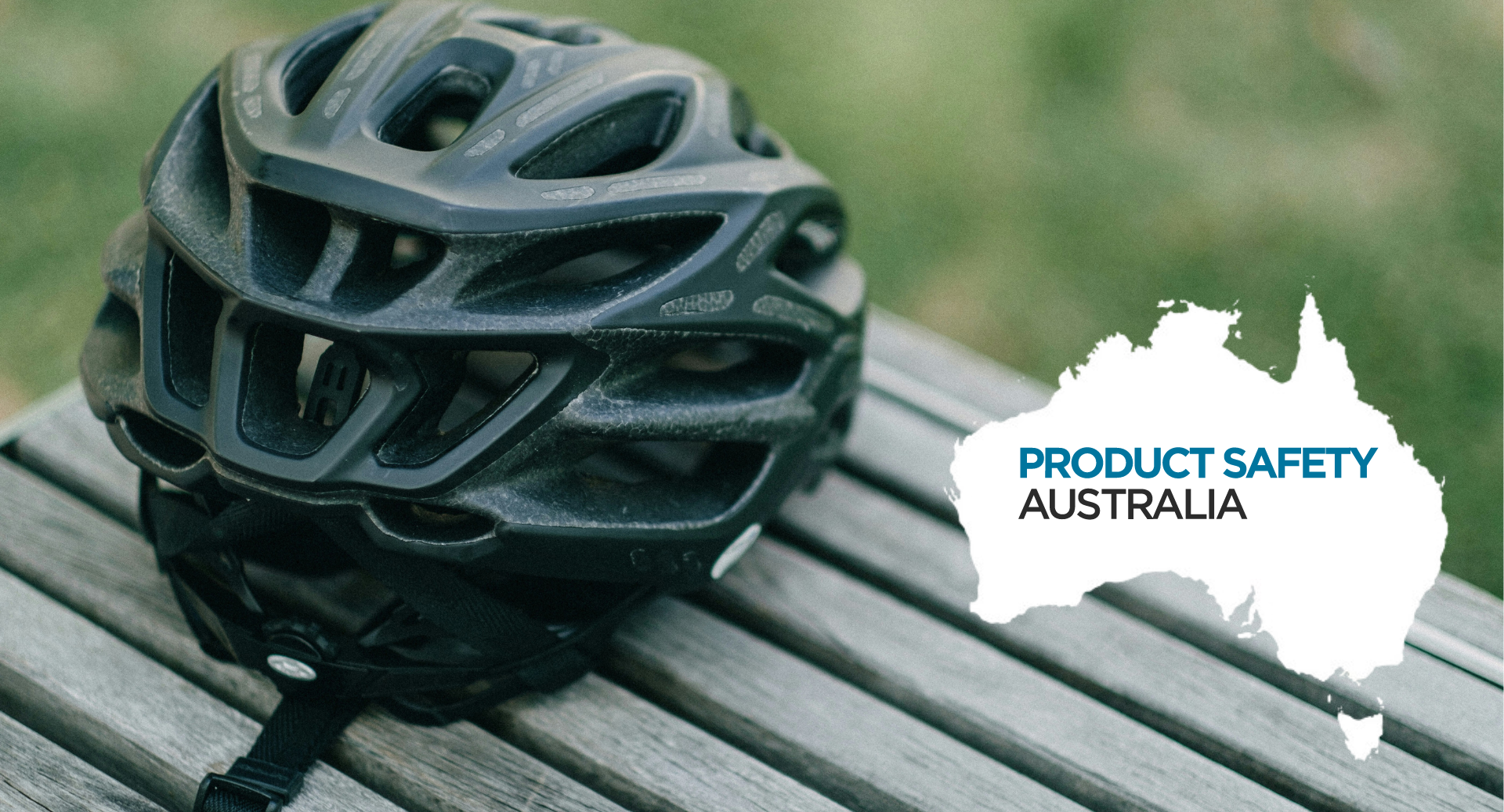
The safety of children’s sleepwear is a critical concern for parents and manufacturers alike. To ensure that sleepwear garments meet the highest safety standards, rigorous testing procedures are conducted. In this article, we will delve into the importance of children’s sleepwear safety testing, highlighting the regulations set forth by the Consumer Product Safety Commission (CPSC) and the role that 3rd-party accredited laboratories like ACT LAB play in ensuring the well-being of young sleepers.
What is considered children’s sleepwear?
Children’s sleepwear is unique in that it has much more stringent requirements compared to normal garments.
Children’s sleepwear encompasses a variety of clothing articles, including nightgowns, pajamas, robes, and loungewear. It is specifically designed for children, typically sized above 9 months and up to size 14, and intended primarily for sleeping or activities related to sleep.
The determination of whether a garment is considered sleepwear takes into account several factors. The nature of the garment and its suitability for sleeping or activities associated with sleep are considered. Next, how the garment is promoted and distributed matters (is it being marketed as pajamas for children, does it have children’s characters on the garment, etc.). Lastly, the likelihood of the garment being used by children primarily for sleeping or sleep-related activities is assessed.
It is important to note that underwear and diapers are not categorized as children’s sleepwear. Furthermore, for garments intended for infants sized nine months or smaller, there are certain exemptions from the standard. These exemptions apply if the garment is a one-piece and does not exceed a length of 25¾ inches, or if it is a two-piece garment with no piece longer than 15¾ inches.
Overview of Children’s Sleepwear Safety Testing
The CPSC has set forth a variety of regulations that must be tested by a third-party laboratory before manufacturers can go to market. Failure to get the proper testing for children’s sleepwear could result in legal consequences, product recalls, and harm to consumers.
The main points manufacturers should be aware of include:
Flame Resistance: Sleepwear garments, sized 9 months to 14 years, must be flame-resistant to reduce the risk of burn injuries. They should be designed to self-extinguish if exposed to an open flame, thus minimizing the spread of flames. Manufacturers are required to conduct flammability testing on sleepwear fabrics to ensure compliance with the CPSC’s regulations. The testing assesses the garment’s resistance to ignition and the rate at which flames spread.
Tight-Fitting Garments: Sleepwear classified as “tight-fitting” must conform to specific size and design requirements. These garments, typically made of stretchable fabrics, are intended to fit closely to the body to reduce the risk of catching fire.
Sizing and Labeling: Sleepwear garments must be appropriately sized to fit the intended age range. Manufacturers are required to provide accurate sizing information on garment labels or packaging.
Garment Components: Sleepwear should not contain any hazardous materials, such as cords, drawstrings, or other attachments that could pose a strangulation or entanglement hazard to children. Additionally, decorations and accessories must be securely attached to prevent them from becoming small parts that could pose a choking hazard.
Chemical Substances: Sleepwear fabrics and accessories should comply with regulations regarding the use of hazardous substances. This includes restrictions on the presence of lead, phthalates, and other potentially harmful chemicals.
Care Labeling: Manufacturers must provide clear and accurate care instructions on the sleepwear garment or packaging. This ensures that parents and caregivers can properly launder and maintain sleepwear for continued safety.
Preservation Testing and ASTM E640
Preservation testing is crucial to determine the effectiveness of preservatives used in cosmetic products. Preservatives prevent the growth of harmful microorganisms, maintaining product integrity and safeguarding consumer health. The ASTM E640 standard is commonly used for preservation testing, assessing the antimicrobial properties of cosmetic formulations. This test evaluates the product’s ability to inhibit the growth of microorganisms over a specified period. By conducting preservation testing, manufacturers can ensure that their products remain free from harmful bacteria, mold, and fungi, minimizing the risk of contamination and potential infections.
About ACT-LAB
ACT-LAB is an ISO/IEC 17025 accredited laboratory that conducts consumer product safety and compliance testing for an active world. We can help ensure that your products both meet industry standards and are inspected to ensure the utmost quality.
To learn more about our tests contact us today.
Read more about our accreditations here.
 ISO/IEC 17025 Accredited Independent Testing Laboratory
ISO/IEC 17025 Accredited Independent Testing Laboratory








